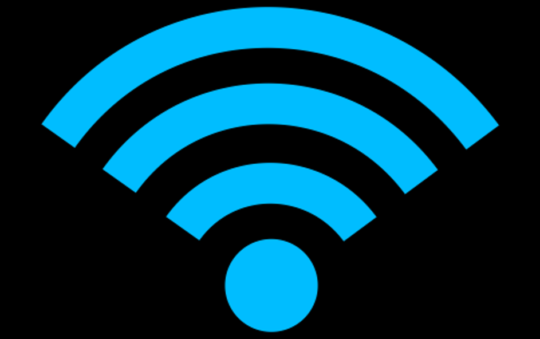By Joseph Moran
Last week, we looked at how Vista’s Network and Sharing Center (NSC) puts network connection information and configuration options within easy reach. Although the network sharing underpinnings of Vista are similar to XP, the Network and Sharing Center makes configuration in Vista more convenient.
This week, we conclude our look at the NSC by examining how it can be used to set up various kinds of network sharing. As a reminder, you can get to the NSC by selecting Network and Sharing Center when you right-click the networking icon in the Windows tray. Underneath the list of network connections, a Sharing and Discovery section provides access to the following settings, which can be modified by clicking the down arrow button next to each.
Network Discovery
The network discovery setting controls the Vista-based computer’s ability to see and be seen by other systems on the network. If network discovery isn’t set to “on”, it pretty much puts the kibosh on any kind of sharing. A system’s network discovery status can depend on whether its network connection is set as public or private (as discussed last week), but you can also manually turn network discovery to on or off.
Under this setting you’ll also find the system’s workgroup name, which is WORKGROUP by default in home versions of Vista (unlike XP, where it is MSHOME). You can change this to whatever you’d like (within a 15 character limit, and certain characters aren’t allowed), but for best results make the change on all systems you’re sharing between.
Note that if you’re using a third-party software firewall (e.g., something other than Vista’s built-in Windows Firewall) the network discovery setting, as well as the file sharing setting discussed below, may be grayed out, and you’ll be instructed to make any adjustments via your firewall software.
File Sharing
To share any files or folders on a Vista computer, the file sharing setting must be turned on. If discovery is on and file sharing isn’t, the system may be visible but not accessible. The process of sharing a specific folder is similar but not identical to that of XP. Just right-click a folder, select Share, and select the users with whom you want to share. You should also specify a permission level for each user. Readers can view and open files, only; Contributors can do this plus add new files and change or delete those they’ve added; and Co-Owners (like Owners) can view, add, change or delete files at will.
Public Folder
Similar to the All Users folder in XP, Vista’s Public folder provides a convenient place from which to share files — not just with other users on the same system but also with other systems on the network. Inside the Users folder (usually found off the root of the C: drive or wherever Vista is installed), you’ll find the Public folder. Like those associated with specific user accounts, the Public folder has a hierarchical structure with subfolders for various types of files — Documents, Downloads, Music, Pictures and Videos.
Anyone with an account on a given system automatically has access to its Public folder, but you must activate Public folder sharing give users on other systems access to it as well. When turning on Public folder sharing, you must also decide what level of access to allow. The first option allows other users to only open public files (or make copies of them), not modify or delete them. The second option essentially provides unrestricted access, including the ability to create new files within (or copy them to) your Public folder.
Printer Sharing
This setting is pretty self-explanatory: When printer sharing is on, any printers configured on your system will be available for others to use. This can include locally attached printers (i.e., connected via USB), network printers or virtual printers like the kind used to send faxes or create PDF devices.
Password-Protected Sharing
This setting determines how other network users can access shared files. The default setting, password protected sharing turned on, means only those with user accounts and passwords on the system will have access to shared resources. Turning this option off is analogous to Simple File Sharing in XP, which means no password, or even user account, is necessary for access.
Media Sharing
This setting pertains specifically to media content (e.g., music, videos and photos) shared via the built-in Windows Media Player 11 utility. Clicking the Change button will launch a WMP 11 configuration dialog that can enable media sharing and specify which networked computers and devices you want to have access. For more details on how to configure this, see this article.
Last but not least, two links at the bottom of the NSC offer a quick way to see what you’re sharing. Well, at least one of them does. The first one, “Show me all the files and folders I am sharing,” shows nothing on either of my Vista systems, although plenty of shared folders exist. Some online research suggests I’m not the only one with this problem, although I couldn’t immediately find a cause or resolution. If anyone knows what gives, please drop me a line. The second link, “Show me all the shared network folders on this computer is far more useful.
Joseph Moran is a regular contributor to PracticallyNetworked.


